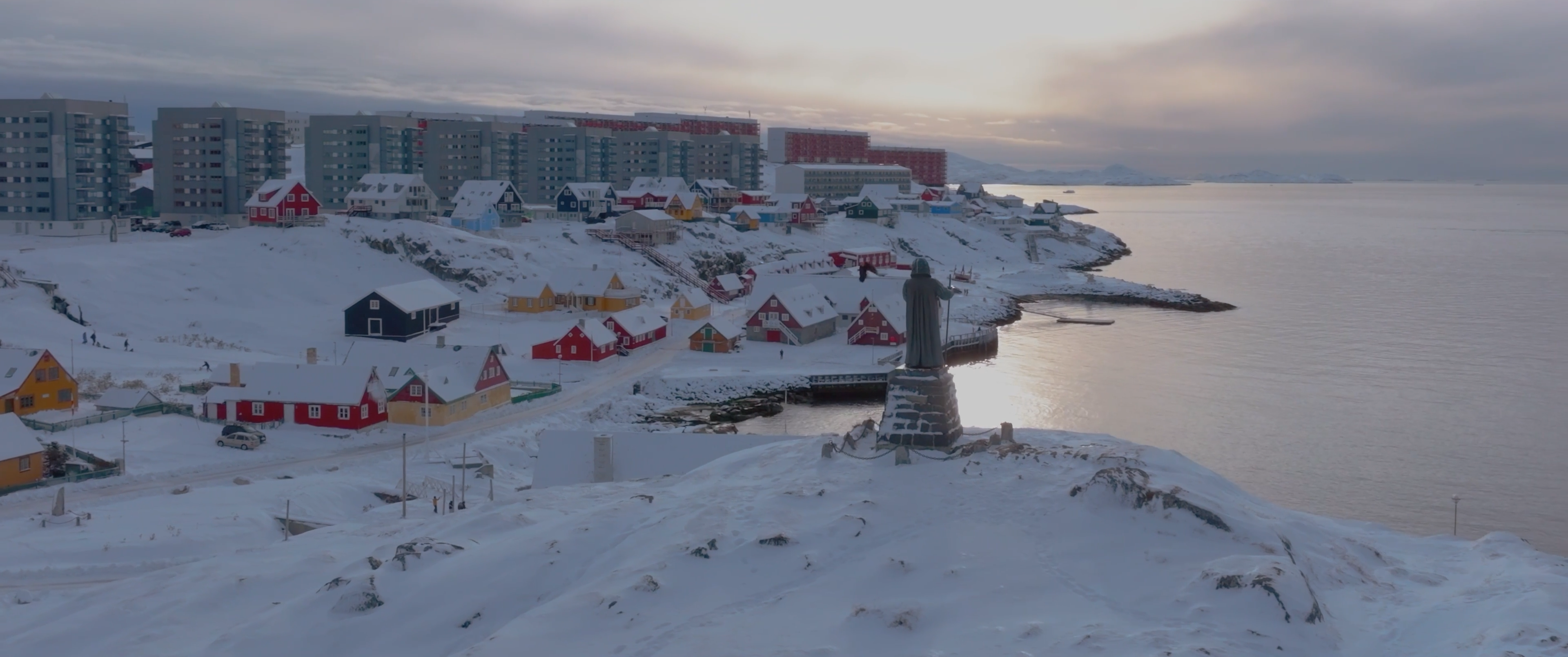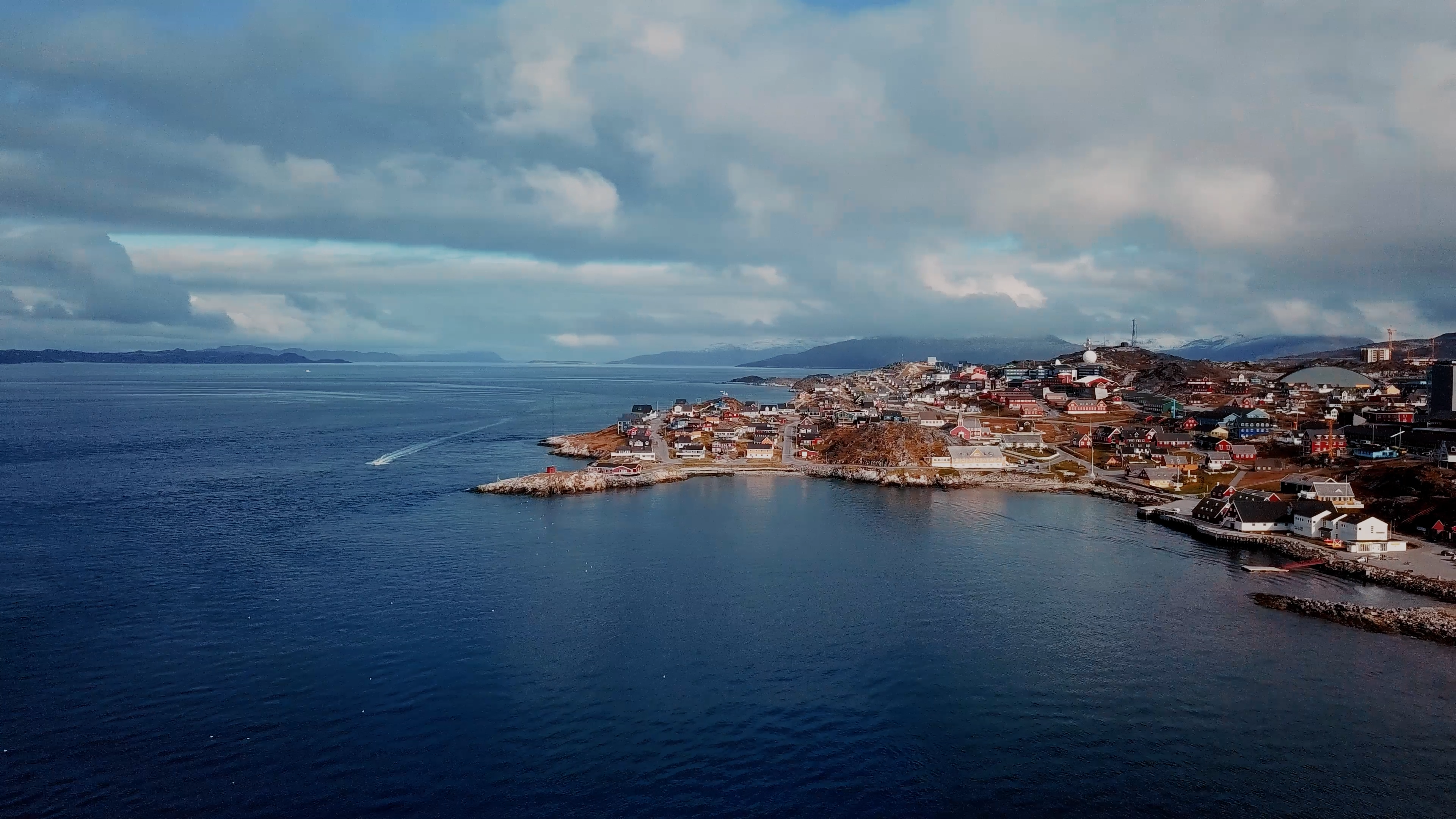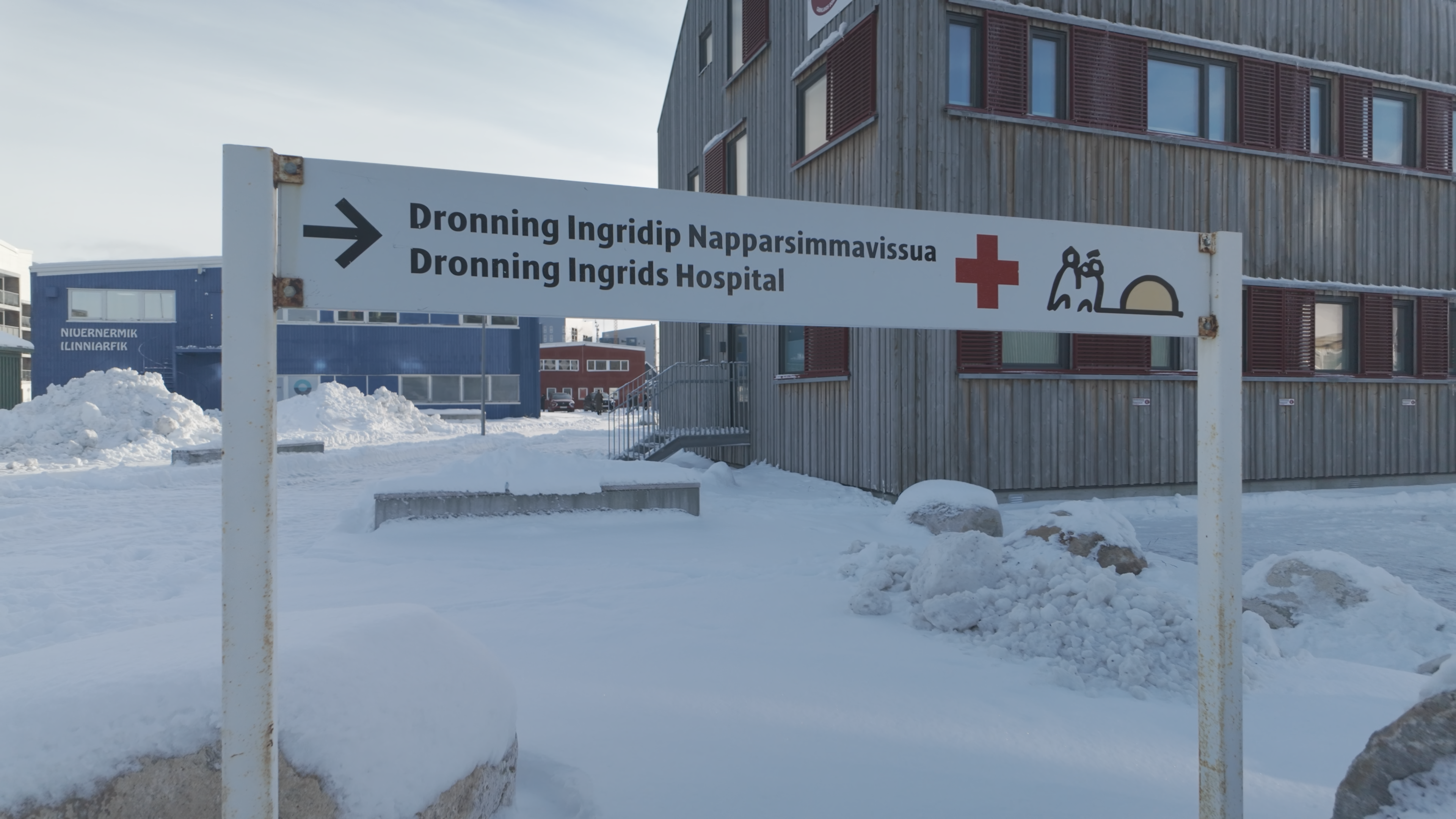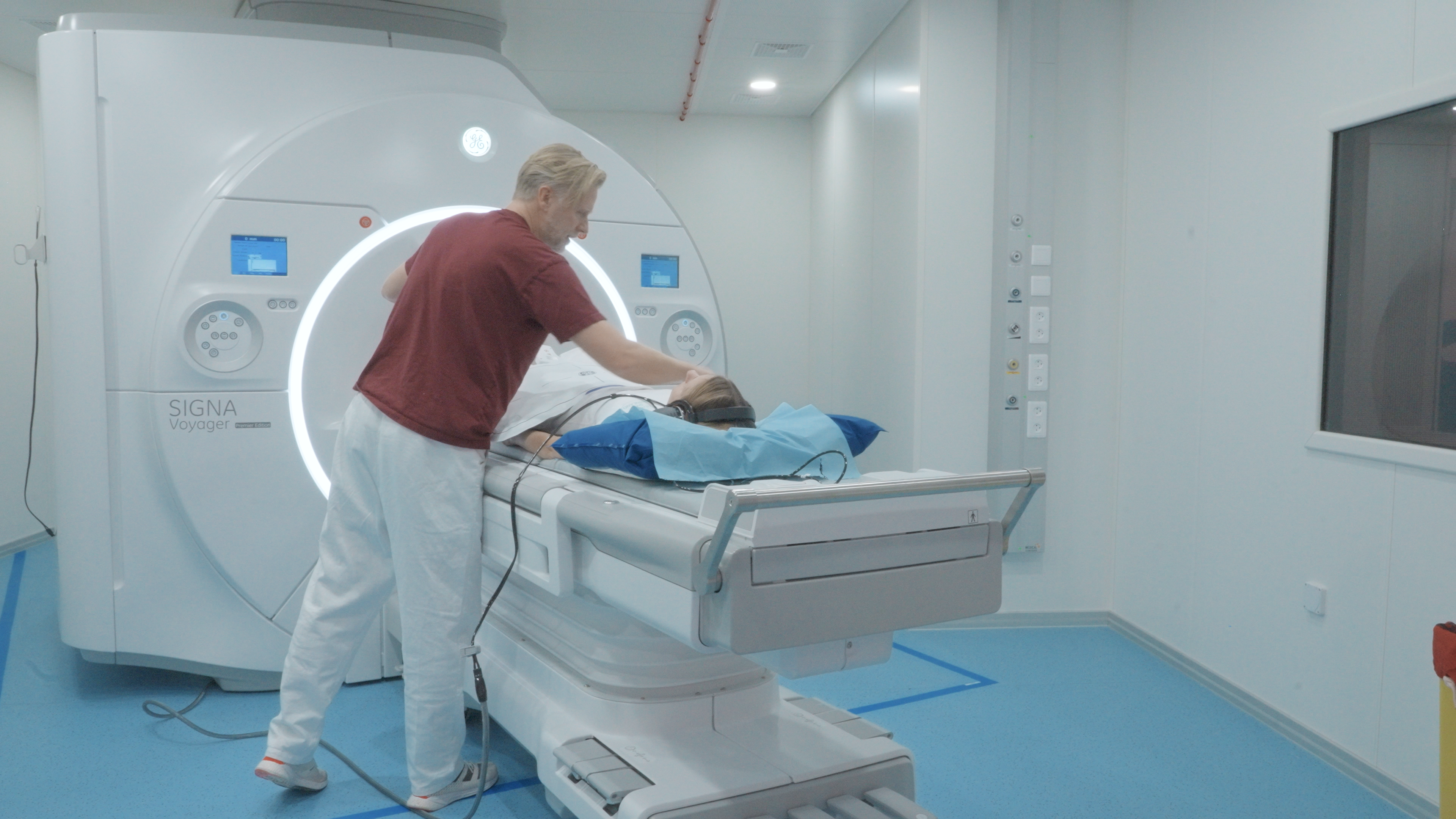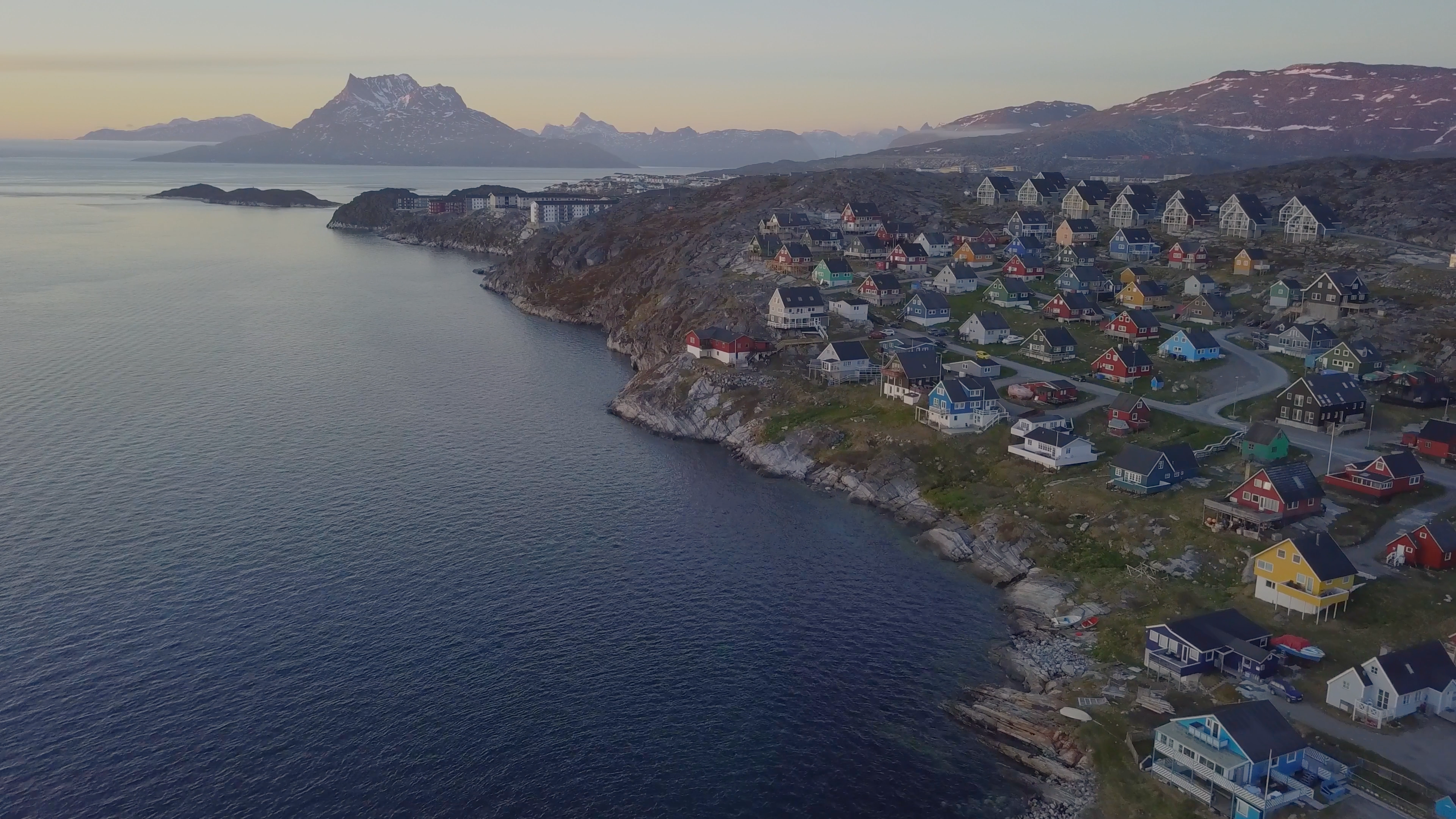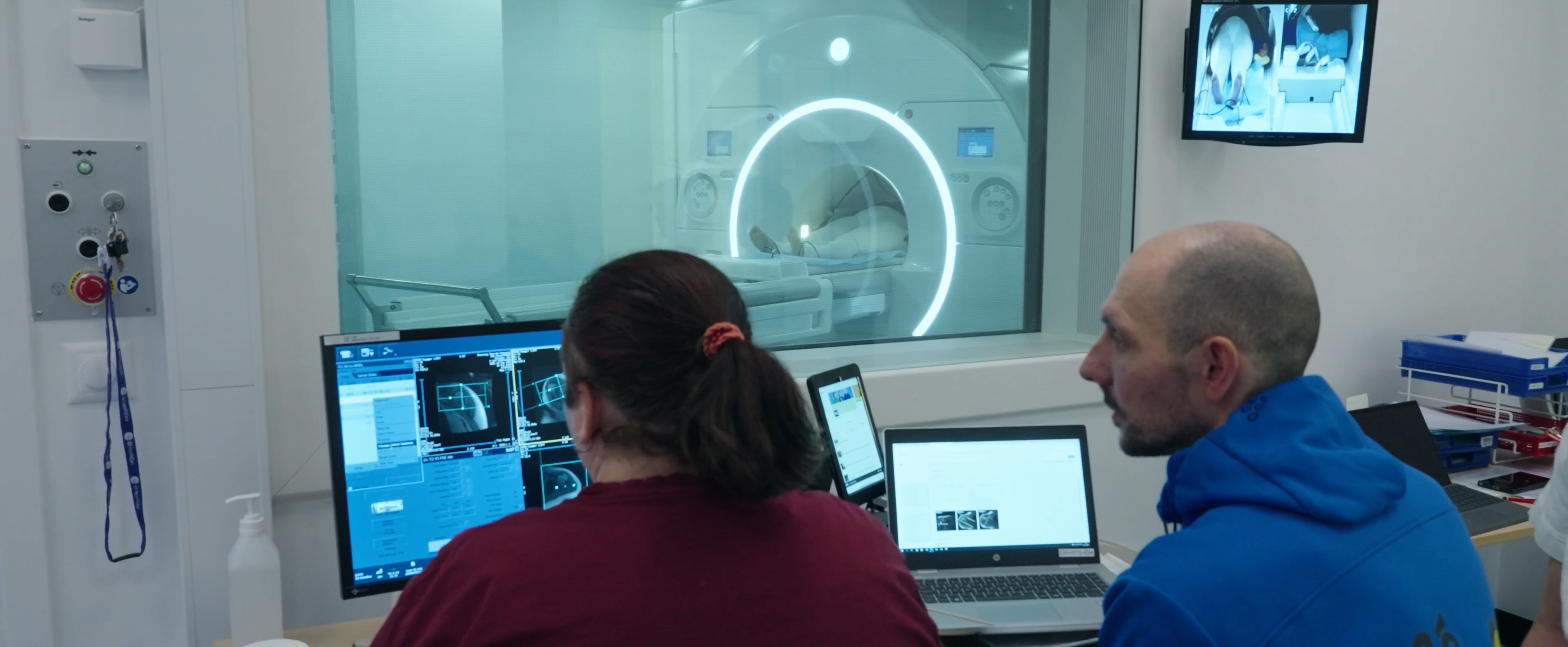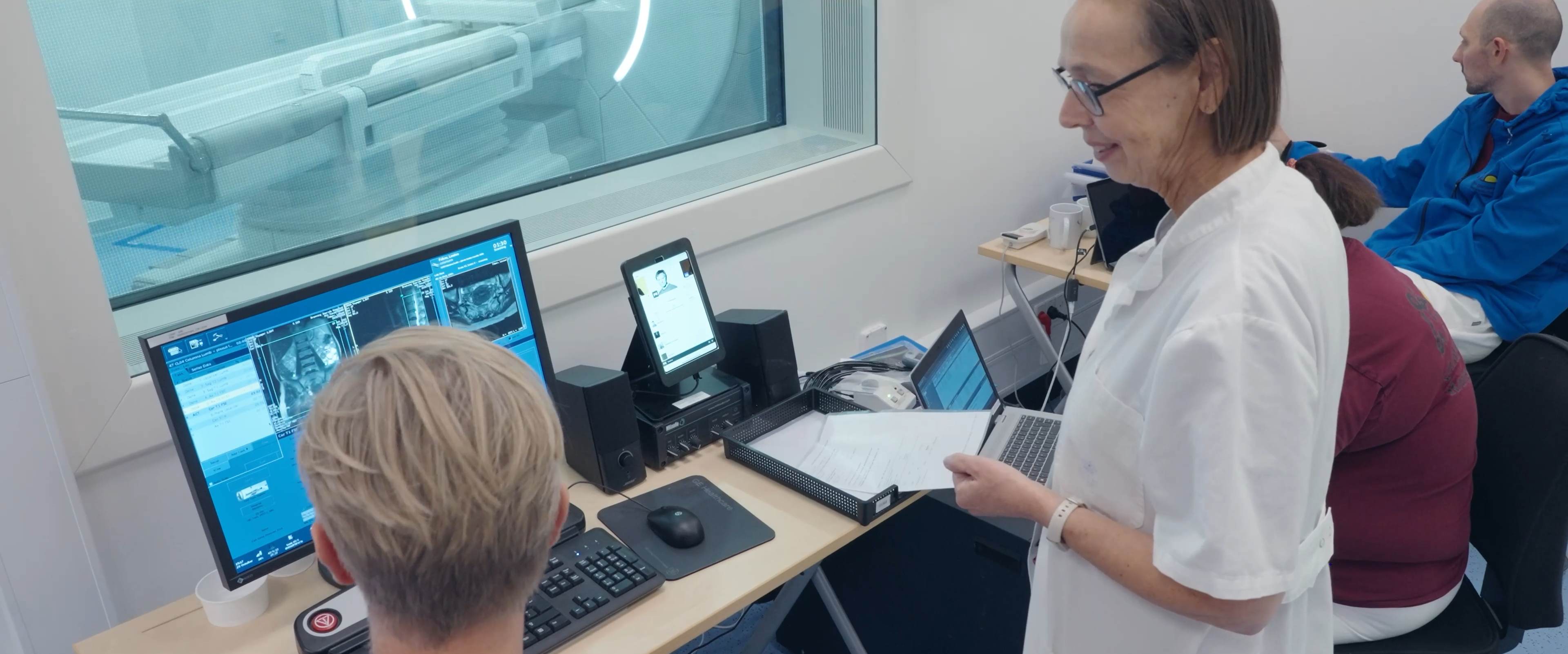Although the urban population has surged in recent decades, the number of people living in rural environments is also higher than ever. Rural residency has reached nearly 3.5 billion as of 2024, according to the World Bank. Even as technology has made communication and transportation easier and cheaper, rural communities may be habitually overlooked — a recent study found that data used by scientists and governments has routinely undercounted people in rural areas and thus underrepresented their needs.
With 57,000 people spread over 2.2 million square kilometers (836,000 square miles), Greenland exemplifies the challenges — and rewards — of addressing one of those needs: delivering modern medicine to remote populations. While the self-governing Danish territory has a well-developed health system that provides free care to residents, it faces a shortage of specialists. Patients in remote villages rely on clinics staffed by nurses, medical assistants or local workers with limited training; they must travel to larger towns for surgery. To make healthcare access even more challenging, transportation between settlements on the island — 80% of which is covered by a massive ice sheet — is by plane, helicopter or boat.
Greenland
Queen Ingrid’s Hospital, in the capital, Nuuk, is the only facility in Greenland that provides advanced medical care such as imaging. But until recently, its diagnostic services were constrained by outdated MRI equipment.
“For many years, all we had was an old MRI scanner,” says Tina Amondsen, CEO of the Greenlandic healthcare system. “When that was not sufficient, we had to send patients 3,500 kilometers [about 2,200 miles] to Copenhagen.”
Queen Ingrid's Hospital
A workforce shortage exacerbated by isolation
Worldwide, the healthcare industry faces an ongoing shortage of workers, due in part to burnout and the lingering effects of the COVID pandemic. On top of that,, 42% of clinicians are actively considering leaving the healthcare industry. The situation is exacerbated in Greenland, which faces grave challenges recruiting and retaining health workers. Because of a shortage of radiologists, staff in Nuuk have had to transmit images captured on-site to Copenhagen for interpretation. Once radiologists there reviewed the images, they often requested additional scans, a significant burden for people who might live several days away from the hospital.
It was clear Amondsen and her staff needed a solution tailored to their specific needs and unique environment. Fortunately, modern equipment could help clinicians address challenges related to distance, staffing and infrastructure. By reducing scan time, optimizing workflows and expanding diagnostic options, modern technologies are broadening access to care in rural and underpopulated areas.
Expanding access with faster scans and sustainable technology
Amondsen’s team recently installed a new MRI scanner that enlists artificial intelligence (AI) algorithms to offer faster, higher-resolution imaging. As a result, the hospital can serve more patients per day, which is crucial in an area with limited healthcare personnel and infrastructure.
At Queen Ingrid Hospital, the new MRI is already installed and running
Because modern scanners could use less electricity, they support sustainability, a value deeply rooted in the culture of Greenlandic Inuits, who make up 88.9% of the island’s population.
“The Inuit culture of Greenland holds ancient wisdom about how health must be understood in a holistic way … and how this in turn emanates from a number of Greenlandic values, including connections to family, community, nature, culture and language,” the World Health Organization’s Dr. Hans Henri P. Kluge recently commented.
Greenland
The Inuit custom of preservation is made more imperative by Greenland’s vulnerability to the effects of climate change. In addition, Greenland imports most of its medical equipment from mainland Europe, so sustainable practices such as prolonging the working life of machines and supplies also lower the hospital’s operational costs. For example, Amondsen’s team no longer must place annual orders for helium, which is used as a coolant in MRI scanners. State-of-the-art superconductive systems keep the magnetic field cool with minimal helium, eliminating the need for refills.
Plus, the cooling system can operate even if the power is cut off, so the hospital is more resilient to outages — a critical feature in Nuuk, where extreme weather can disrupt electricity for days.
“With newer technology, you have approximately a week before the system becomes inoperable,” says Matthijs van Gurp, MR product marketing manager at GE HealthCare. “So you have much more time to bring back the power and continue your normal usage of the system.”
Optimizing workflows for advanced imaging, closer to home
For stroke patients and those suffering from tumors, early detection matters, and MRI is often the standard of care for identifying disease in its initial stages. That’s when new technology offers the most significant benefits. For example, improvements in both the hardware and software of the scanner allow the team in Nuuk to perform a wider variety of sequences, including imaging of the prostate and vital organs in the abdomen, enabling faster diagnoses. As a result, clinicians can begin treatment earlier, achieving better outcomes and reducing long-term healthcare costs.
Because modern MRI machines can integrate with remote connectivity technology, patient scans can be interpreted in real time by specialists in a different location, alleviating the need for on-site expertise. In addition, for complex cases, medical staff in Copenhagen can remotely operate the scanner in Nuuk, so fewer patients need to return for repeat scans or travel abroad for advanced imaging.
“The high quality of the images means that we can do more things in-house,” says Cosmus Haslund Pyndt, manager of the diagnostic and therapeutic section at Queen Ingrid’s Hospital. When a scan requires specialized skill, “we just pick up the phone and call the National Hospital in Copenhagen, and they take over control of the machine.”
“The patients who had to travel to Denmark were very sick, so it wasn’t easy for them to make a five-hour flight,” van Gurp adds. “Now they can be served here in Greenland, which is life-changing for them.”
Learn more about how technology is advancing care in Greenland below.

